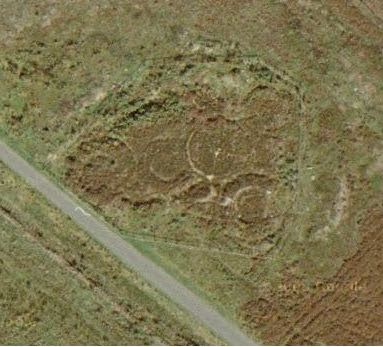The Origin of Henge Monuments
 Fri 2023-10-20
Fri 2023-10-20 The following is a comment I posted on mathstodon.xyz:
My personal theory for the origin of henge monuments and stone circles is that they evolved from the rituals performed by seminomadic people during the mesolithic when they returned to their summer camp site in the spring (or to their winter camp site in the autumn). All they find left of their previous home is the circle of wooden posts which held up the walls and the circular drip trench outside them. They repair the posts where necessary and then construct the framework of a conical roof above the posts and cover it and the walls with hides. They also clear out any foliage from the drip trench and redig it where necessary. They then go around and tend to the graves of those who died on previous visits to that camp. At the end of the season they dismantle the roof and pack up the hides and take them with them to their alternate camp site. After thousands of years of this, the people settle down at a permanent camp site, but they keep up the rituals ("because that is what we've always done!"). After a few more thousand years of rivalry between neighbouring families you end up with something like Stonehenge.
Although I haven't seen this theory mentioned anywhere, it does seem to explain several of the key features of henge monuments: the circle of wooden posts (stone posts only came later); the circular ditch outside the posts; the association with graves; and the association with processional ways.
This idea was partly inspired by memories of a childhood visits to an excavated Iron Age famstead on the North York Moors, near where we lived. The farmstead consisted of three or four round-houses of which only the base of the stone walls and central hearth-stones remained. The excavators had scooped out the drip-trenches around the walls, leaving only the entry path in front of the door-ways. As a child, I was fascinated by the thought that I was running in and out of the door-ways in the same way that children must have done two thousand years before.



